This article was co-authored by Ray Spragley, DVM and by wikiHow staff writer, Janice Tieperman. Dr. Ray Spragley is a Doctor of Veterinary Medicine and the Owner/Founder of Zen Dog Veterinary Care PLLC in New York. With experience in multiple institutions and private practices, Dr. Spragley’s specializations and interests include non-surgical management of cranial cruciate ligament tears, Intervertebral Disk Disease(IVDD), and pain management in osteoarthritis. Dr. Spragley holds a BS in Biology from SUNY Albany and has a Doctor of Veterinary Medicine degree (DVM) from Ross University School of Veterinary Medicine. He is also a Certified Canine Rehabilitation Therapist (CCRT) through the Canine Rehab Institute as well as a Certified Veterinary Acupuncturist (CVA) through Chi University.
There are 8 references cited in this article, which can be found at the bottom of the page.
This article has been viewed 98,761 times.
Cysts, or small, fluid-filled pockets along the skin, are pretty commonplace on dogs.[1] It can be really concerning when one ruptures, especially if you aren’t sure what caused the cyst in the first place. Don’t worry! Cysts are very easy to manage and care for with a vet’s help. Here are some fast facts and recommendations to help your dog heal and recover.
Steps
Background
-
1Dogs can develop different kinds of cysts. True cysts develop near glands and often form on a pup’s eyelids. Follicular, or epidermoid cysts, form in your dog’s hair follicles. Sebaceous cysts are also found around your pet’s hair follicles, and especially likely to get infected. Other dogs may have false cysts, which usually form after some type of injury.[2]
- Most cysts have a “secretory lining,” or a special lining that surrounds the entire cyst. False cysts don’t have this type of lining, and they only appear in dead tissue.
- Dermoid cysts are a rare type of cysts that a few pups develop before they’re born—chances are, this isn’t the kind of cyst your dog is dealing with.
-
2Sebaceous cysts are the type that commonly burst. When they get big enough, the cyst may burst due to its own pressure. These cysts are generally harmless, but they can get infected if not cared for properly.[3]
Causes
-
1Sebaceous cysts form when hair follicles get blocked. Your pup naturally secretes sebum from their oil (sebaceous) glands, which spreads onto their hair and skin.[4] When the hair follicle gets covered with debris and dirt, this new sebum has nowhere to go, and ends up forming a cyst. Over time, these cysts can grow bigger and bigger as they fill up with extra secretions.[5]
-
2Injury, pressure points, and sun damage can also lead to cysts. Follicular cysts usually form after some type of damage to the hair follicle, or when a pore gets blocked. In a similar fashion, true cysts appear when the sweat gland gets blocked off. False cysts, on the other hand, tend to pop up when your dog has a bad reaction to a shot.[6]
- Other causes could be abscesses, tumors, or allergies. Talk to a vet to determine the underlying cause.
Symptoms
-
1Follicular cysts appear on or beneath your pet’s skin. These cysts are round and have a bluish tint. You’ll probably find this type of cyst on your dog’s head, trunk, or neck, where you’ll see a gray or yellow, cheese-like substance leaking out. Unfortunately, this cyst tends to smell bad once it gets infected.[7]
-
2True cysts pop up near your pet’s eyes or ears. They usually form a lump- or sac-like shape, and they typically look blue or dark. These cysts are filled with a yellow fluid.[8]
-
3Sebaceous cysts develop along the top of the skin. These cysts appear white or blue. When they rupture, you’ll notice a brown or gray-white discharge that looks similar to cottage cheese.[9]
- You’ll probably find these cysts on your dog’s neck, torso, upper legs, or head.
-
4False cysts develop after an injury. These cysts are dark in color and are actually filled with blood. [10]
Treatment
-
1Clean and bandage the ruptured cyst temporarily. Sometimes, a cyst can open, or “ulcerate,” without actually bursting. If this happens, clean out the cyst and carefully wrap it up with a clean bandage. Don’t try to pop or remove the cyst yourself, though.[11]
- You can clean the area with warm tap water or a warm saline mixture made with 1 tsp (5.9 g) of salt and 2 c (470 mL) of distilled water. Don’t use any shampoo, soap, alcohol, hydrogen peroxide, or other substance to clean the area, unless your vet specifically suggests it.[12]
-
2Take your dog to the vet as soon as you can after the cyst ruptures. There, veterinary professionals may remove the cyst with a laser. Vets won’t usually squeeze or drain a ruptured cyst since that won’t get rid of the blockage completely and could cause the cyst to reform.[13]
- After the surgery, keep your pet in a quiet, closed-off area. Follow your vet’s after-care instructions; you may need to give your pup some special medication, or change their bandages regularly.[14]
-
3Remove cysts from your dog’s toes through surgery, a CO₂ laser, or therapy. During surgery, a vet will physically remove the cysts and stitch your dog’s toes together while the area heals. With a CO₂ laser, your vet will vaporize the cysts without hurting the rest of the paw. For a more long-term treatment plan, vets might treat the cysts with steroids and antibiotics.[15]
- Antibiotic regimens can last for at least 6 weeks.
Warnings
- Don’t try to pop, squeeze, or drain a cyst on your own. Even if you’re really careful, the cyst could get infected.[19]⧼thumbs_response⧽
References
- ↑ https://vcahospitals.com/know-your-pet/cysts
- ↑ https://vcahospitals.com/know-your-pet/cysts
- ↑ https://www.bostonherald.com/2020/02/21/dogs-sebaceous-cysts-nothing-too-serious/
- ↑ https://www.merckvetmanual.com/dog-owners/skin-disorders-of-dogs/structure-of-the-skin-in-dogs
- ↑ https://www.bostonherald.com/2020/02/21/dogs-sebaceous-cysts-nothing-too-serious/
- ↑ https://vcahospitals.com/know-your-pet/cysts
- ↑ https://vcahospitals.com/know-your-pet/cysts
- ↑ https://vcahospitals.com/know-your-pet/cysts
- ↑ https://vcahospitals.com/know-your-pet/cysts
- ↑ https://vcahospitals.com/know-your-pet/cysts
- ↑ https://vcahospitals.com/know-your-pet/cysts
- ↑ https://vcahospitals.com/know-your-pet/care-of-open-wounds-in-dogs
- ↑ https://norwalkanimalhospital.com/veterinarian-norwalk-connecticut/client-education-cysts.php
- ↑ https://aescparker.com/how-to-care-for-a-pet-after-surgery/
- ↑ https://vetmed.illinois.edu/pet_column/interdigital-cysts-removed-by-laser/
- ↑ https://vetmed.illinois.edu/pet_column/interdigital-cysts-removed-by-laser/
- ↑ https://vcahospitals.com/know-your-pet/cysts
- ↑ https://www.washingtonian.com/2014/12/10/ask-a-vet-are-the-lumps-on-my-dog-serious/
- ↑ https://www.bostonherald.com/2020/02/21/dogs-sebaceous-cysts-nothing-too-serious/
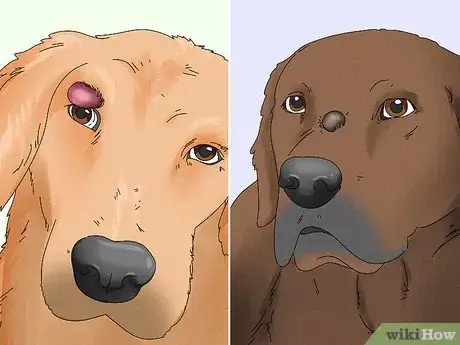

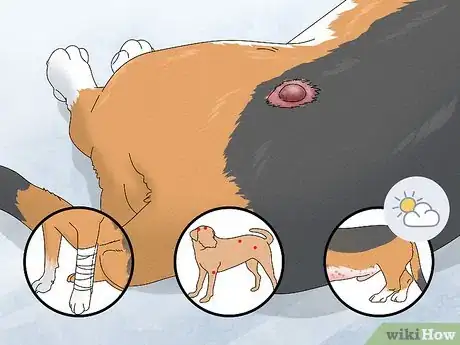
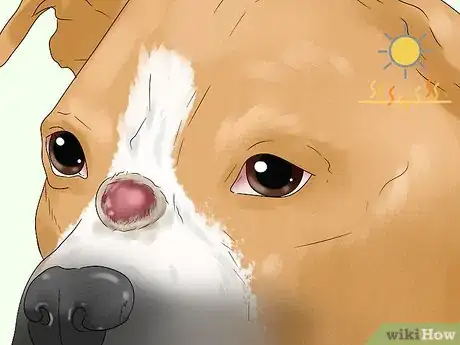

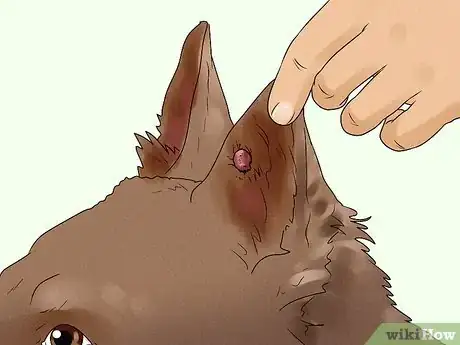
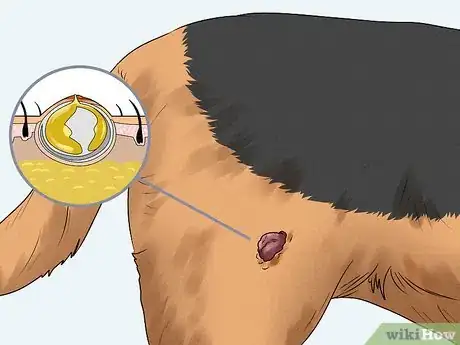
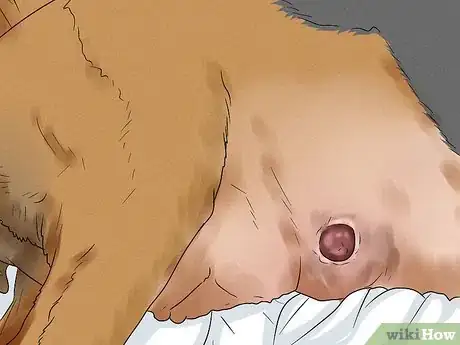
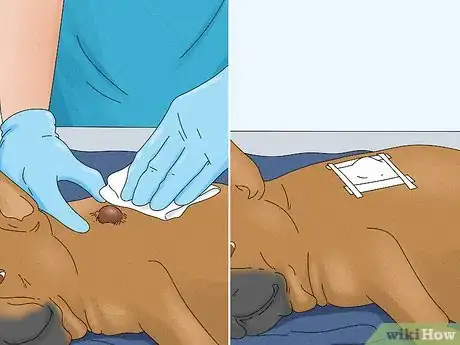
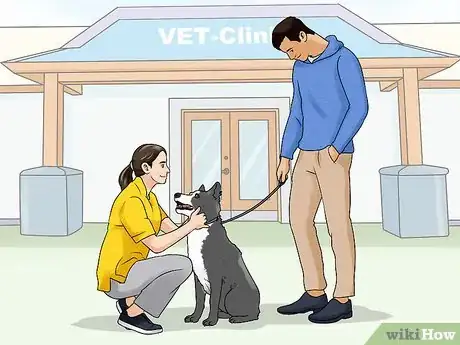


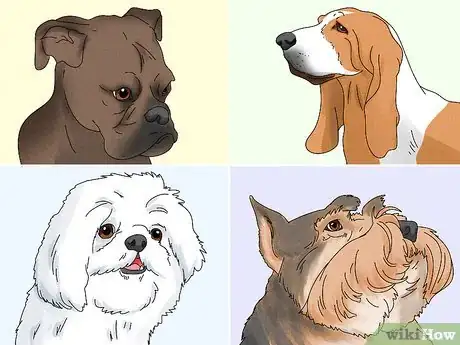
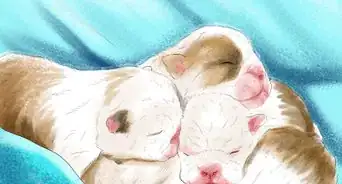

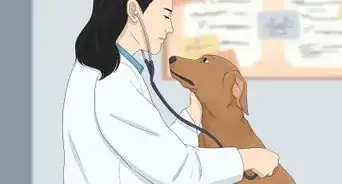
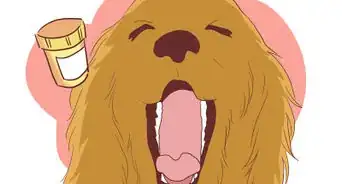
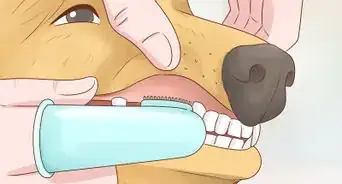
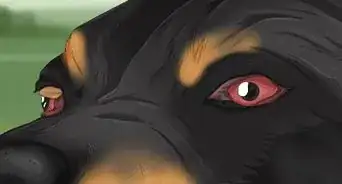
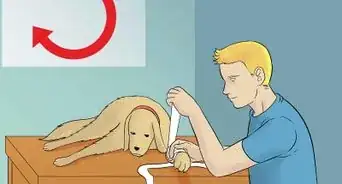
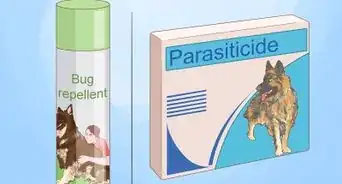
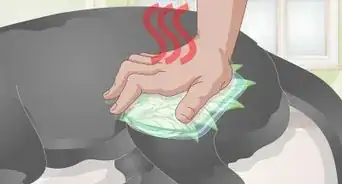
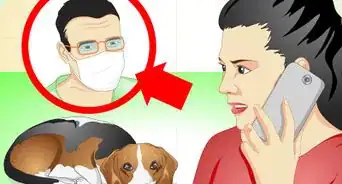
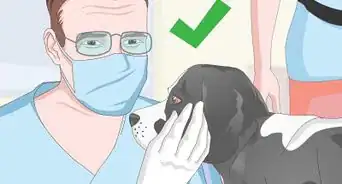








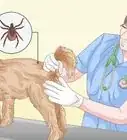
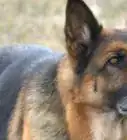
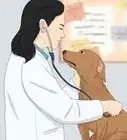



































Medical Disclaimer
The content of this article is not intended to be a substitute for professional medical advice, examination, diagnosis, or treatment. You should always contact your doctor or other qualified healthcare professional before starting, changing, or stopping any kind of health treatment.
Read More...